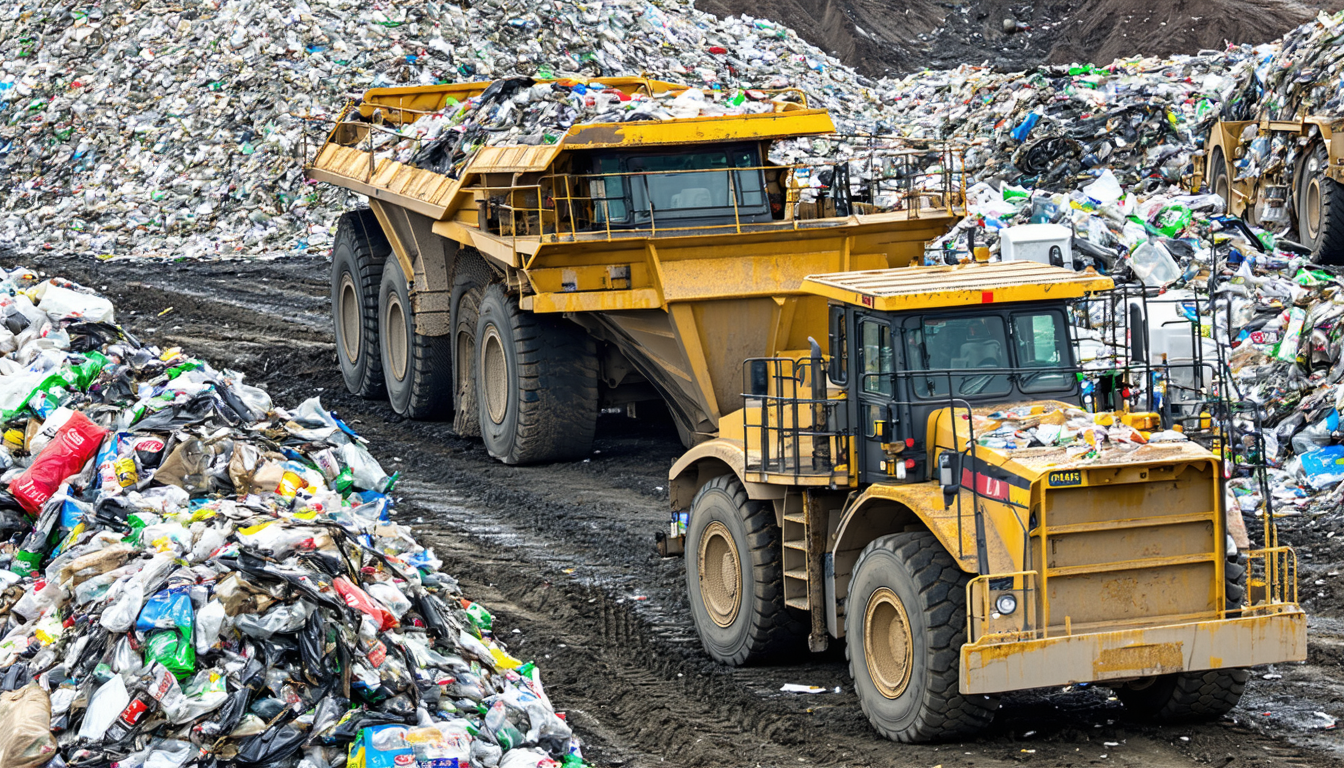Introduction
In the United States, the management of exploration and production (E&P) waste from the oil and gas industry has emerged as a pressing environmental and regulatory concern. With millions of barrels of oil and gas produced annually, the byproduct—E&P waste—poses significant risks to ecosystems and public health if not handled responsibly. This article delves into the latest developments surrounding E&P waste management, including regulatory updates, innovative solutions, and the broader implications for the energy sector. As stakeholders push for sustainable practices, the nation stands at a critical juncture in addressing this complex issue.
Understanding E&P Waste in the U.S. Context
E&P waste refers to the byproducts generated during oil and gas exploration and production, including drilling muds, produced water, and other hazardous materials. According to the U.S. Environmental Protection Agency (EPA), the oil and gas industry generates over 1 billion barrels of produced water annually, much of which contains salts, heavy metals, and hydrocarbons. Improper disposal of these materials can contaminate groundwater, harm wildlife, and degrade soil quality.
The scale of the problem is staggering. In states like Texas and Oklahoma, which lead in oil production, local communities often bear the brunt of poorly managed waste sites. This has sparked debates over accountability and the need for stricter oversight.
Recent Regulatory Shifts on E&P Waste Management
In 2023, federal and state governments have introduced new measures to address E&P waste challenges. The EPA updated its guidelines under the Resource Conservation and Recovery Act (RCRA), pushing for better classification and disposal practices for non-hazardous waste streams. Meanwhile, states like New Mexico have implemented stricter permitting requirements for waste injection wells to prevent seismic activity linked to improper disposal.
These changes signal a growing recognition of environmental risks. According to Dr. Emily Carter, an environmental policy expert at Stanford University, “The updated regulations are a step forward, but enforcement remains inconsistent across states. Uniform standards are essential to protect vulnerable regions.”
Impact on Industry Stakeholders
The tightened regulations have a ripple effect on oil and gas companies, local governments, and communities. For operators, compliance means higher operational costs—sometimes up to 15% more for waste handling, as per a 2023 report by the American Petroleum Institute. Smaller firms, in particular, struggle to absorb these expenses, potentially leading to market consolidation.
For communities near production sites, the stakes are even higher. Residents in areas like the Permian Basin have reported increased air and water pollution tied to E&P waste mismanagement. Advocacy groups are now demanding greater transparency from both regulators and companies.
Innovative Solutions Emerging in E&P Waste Handling
Amid these challenges, technology offers hope for sustainable E&P waste management. Companies are investing in:
– Water Recycling Systems: Advanced filtration technologies can treat produced water for reuse in drilling operations, reducing disposal needs by up to 40%.
– Bioremediation Techniques: Using microorganisms to break down contaminants in drilling muds is gaining traction as a cost-effective solution.
– Digital Monitoring Tools: Real-time tracking of waste streams helps operators identify leaks or inefficiencies before they escalate.
These innovations could redefine industry standards. John Matthews, CEO of EcoDrill Solutions, notes, “Technology is not just a tool—it’s a lifeline for balancing energy demands with environmental responsibility.”
Future Implications and Potential Developments
The trajectory of E&P waste management in the U.S. hinges on collaboration between policymakers, industry leaders, and environmentalists. If current trends continue, stricter federal oversight could emerge by 2025, potentially aligning U.S. standards with those of the European Union, where waste recycling is mandatory. However, opposition from industry lobbyists may slow progress, creating a contentious landscape.
On the flip side, public awareness is driving demand for cleaner energy practices. This could accelerate the shift toward renewable sources, reducing reliance on fossil fuels—and thus E&P waste—altogether. The balance between economic interests and environmental protection remains delicate.
Conclusion
The issue of E&P waste in the United States underscores a broader struggle to reconcile energy production with sustainability. Recent regulatory updates, technological advancements, and stakeholder concerns highlight both the challenges and opportunities ahead. As the nation navigates this complex terrain, proactive measures will be crucial to safeguard ecosystems while supporting economic growth. The path forward demands innovation, accountability, and dialogue—a tall order, but one that cannot be ignored.
Frequently Asked Questions (FAQ)
What is E&P waste?
E&P waste includes byproducts from oil and gas exploration and production, such as drilling muds, cuttings, and produced water containing contaminants.
Why is E&P waste a concern in the U.S.?
Improper disposal can pollute water sources, harm wildlife, and trigger seismic activity, posing risks to communities near production sites.
What are the latest regulations on E&P waste?
In 2023, the EPA updated RCRA guidelines for better disposal practices, while states like New Mexico introduced stricter rules for injection wells.
How can technology help manage E&P waste?
Innovations like water recycling systems, bioremediation, and digital monitoring tools reduce environmental impact and improve efficiency.
What’s next for E&P waste management?
Future developments may include tougher federal standards by 2025 and increased public pressure for sustainable energy practices.



